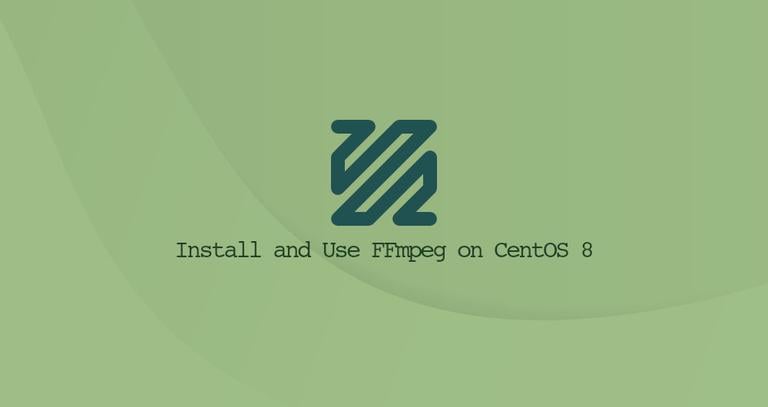

To verify the FFmpeg version, run: $ ffmpeg -version Refresh the repository database: $ sudo zypper refreshįinally, install FFmpeg on openSUSE using command: $ sudo zypper install -from packman ffmpegĬongratulations! You have successfully installed FFmpeg on your Linux box. On openSUSE Leap: $ sudo zypper addrepo -cfp 90 '$releasever/' packman If you're using openSUSE Tumbleweed edition, run the following command to enable Packman repository: $ sudo zypper addrepo -cfp 90 '' packman Or, $ sudo yum install ffmpeg ffmpeg-devel Install FFmpeg in openSUSEĮnable Packman repository on your openSUSE system. The above commands will install both free and non-free repositories.Īfter enabling EPEL and RPM Fusion repositories, run the following command to install FFmpeg: $ sudo dnf install ffmpeg ffmpeg-devel

RHEL 7.x, CentOS 7.x: $ sudo yum localinstall -nogpgcheck RHEL 8.x and compatible systems: $ sudo dnf install -nogpgcheck $ sudo dnf install -nogpgcheck To enable access to both the free and the nonfree repository use the following command:įedora 22 and later: $ sudo dnf install $(rpm -E %fedora).noarch.rpm $(rpm -E %fedora).noarch.rpm $ sudo add-apt-repository ppa:mc3man/ trusty- media $ sudo apt-get update $ sudo apt-get dist-upgrade Install FFmpeg on Fedora, RHEL, CentOS, AlmaLinux, Rocky LinuxįFmpeg can be installed via EPEL and RPM Fusion repositories on RPM-based distributions, such as Fedora, RHEL, CentOS, AlmaLinux, Rocky Linux.įirst, Add EPEL repository using command: $ sudo dnf install epel-releaseĪdd RPM Fusion repository as shown below depending upon the distribution you use: To install most recent version, use the FFmpeg PPA. $ sudo apt-get install ffmpeg Install FFmpeg on Ubuntu and its derivativesįFmpeg is available in the official repositories of Ubuntu, so you can install it using command: $ sudo apt-get install ffmpegįFmpeg in the official repositories might be bit outdated. Open your Terminal and run the following command to install it. $ yay -S ffmpeg-full-git Install FFmpeg on DebianįFmpeg is available in the default repositories.

There is also ffmpeg-full package in AUR, which is built with as many optional features enabled as possible. The latest development version is available in the AUR, so you can install it using any AUR hepers, such as Paru or Yay. You can install it using command: $ sudo pacman -S ffmpeg

Install FFmpeg on Arch Linux and its derivativesįFmpeg is available in the default repositories of Arch Linux.


 0 kommentar(er)
0 kommentar(er)
